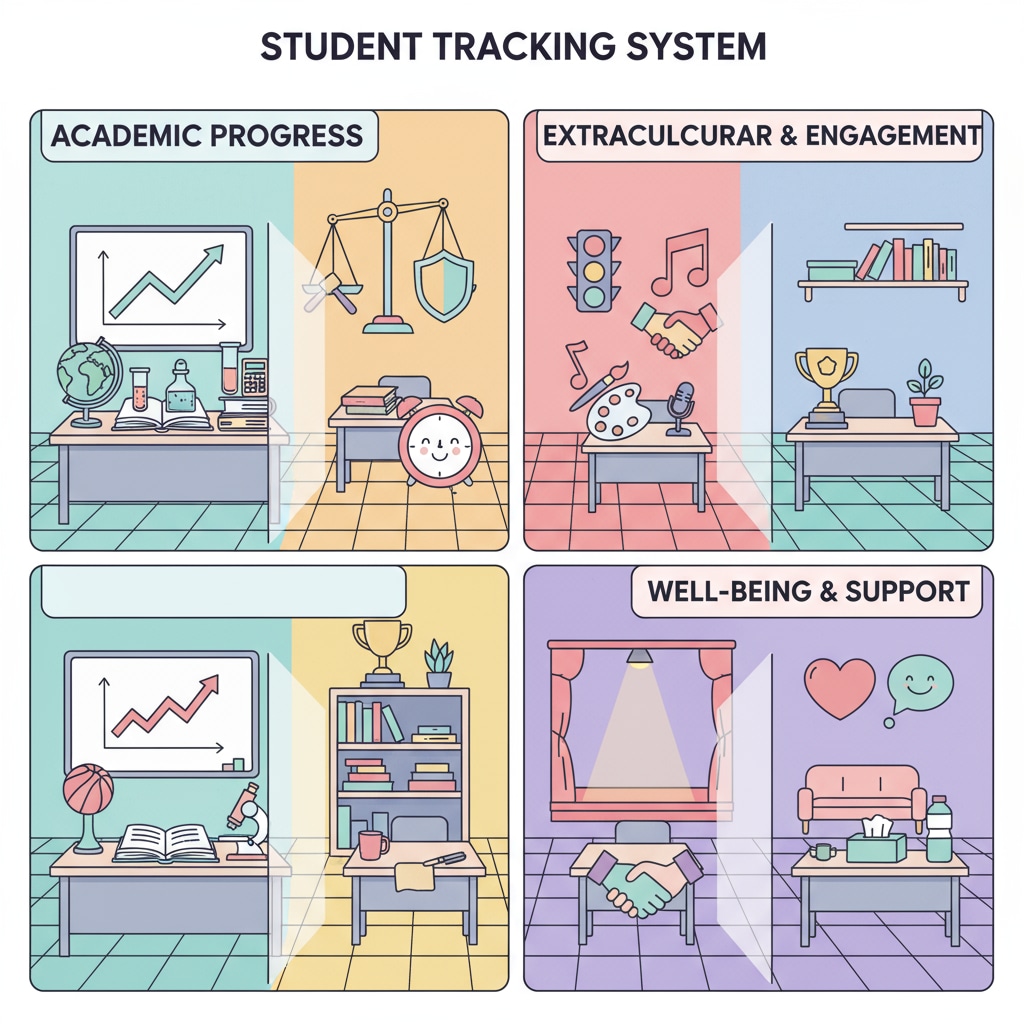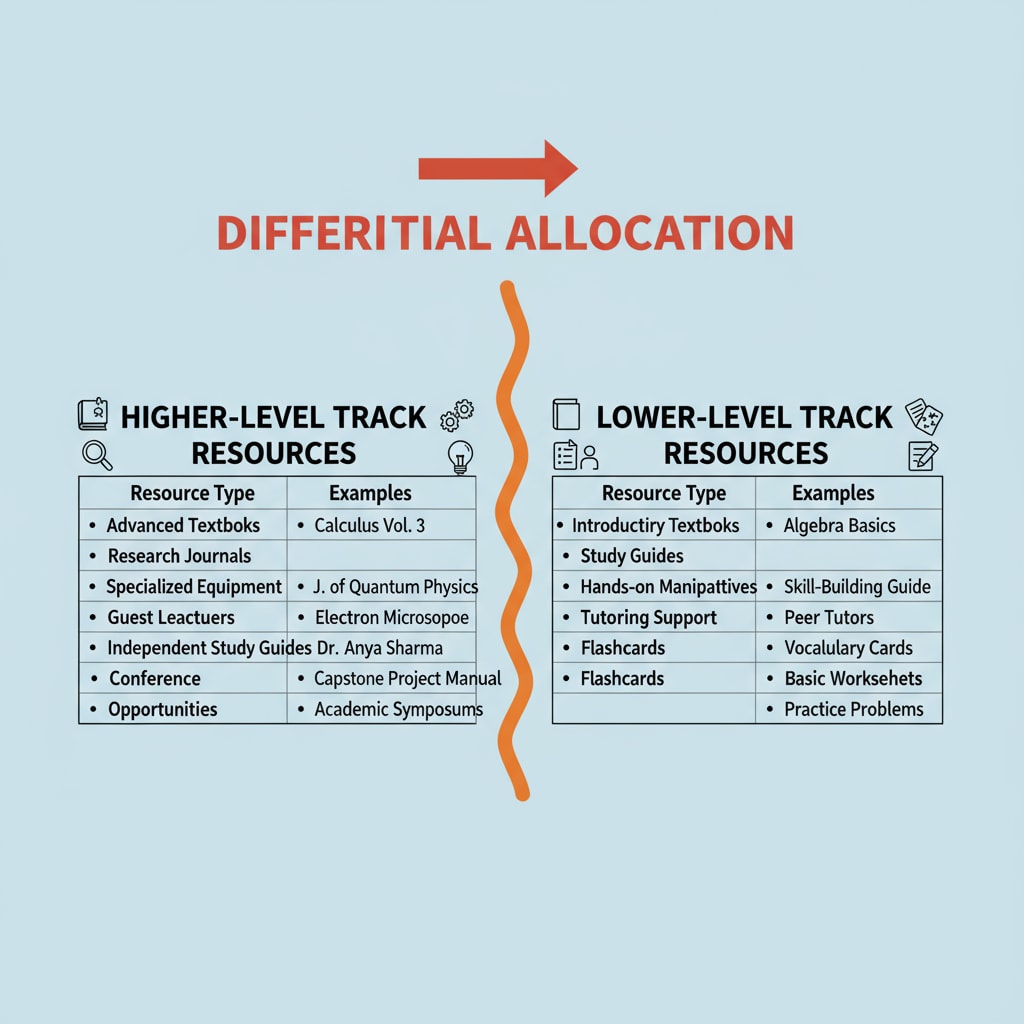In the realm of K12 education, the issues of student tracking, teacher shortage, and mathematics education are intertwined. Student tracking, which sorts students into different groups based on various criteria, has a significant impact on the distribution of educational resources, and this, in turn, relates to the teacher shortage problem. Mathematics education, as a core subject, is also influenced by these dynamics. Let’s first take a look at the current state of student tracking.
The Inequity of the Existing Tracking System
The existing student tracking system often exhibits significant inequities. High – risk students, typically those with lower academic performance or special needs, are frequently placed in lower – level tracks. This separation not only limits their educational opportunities but also affects the allocation of educational resources. For example, schools may assign fewer experienced teachers to these lower – level tracks. According to Edweek’s report on teacher shortage, teachers with more experience often prefer to teach in higher – level tracks, leaving high – risk students with less qualified instructors. This creates a vicious cycle where high – risk students receive subpar education, further exacerbating their academic struggles.

The Impact on Educational Resource Allocation
The tracking system also has a profound impact on educational resource allocation. Resources such as textbooks, advanced teaching materials, and access to extracurricular educational activities are often skewed towards higher – level tracks. In mathematics education, high – risk students may not have access to the same quality of teaching aids or enrichment programs as their higher – performing peers. As a result, they fall further behind. Moreover, the shortage of teachers in these lower – level tracks means that individual attention for students is limited. This lack of personalized instruction can be a major obstacle in mathematics learning, where students often need one – on – one guidance to master complex concepts.

Now, let’s consider the potential implications of abolishing high – risk student tracking. On one hand, it could present an opportunity to promote educational equity. By integrating high – risk students into mainstream classrooms, they would have access to the same educational resources and teaching quality as other students. However, this also brings challenges. Teachers may face increased workloads as they need to accommodate students with diverse learning needs. There could be a higher demand for specialized training among teachers to effectively teach in such inclusive environments. In addition, the issue of teacher shortage may be further complicated. With more students in a single classroom, schools may need more teachers to maintain an appropriate student – teacher ratio.
In conclusion, the relationship between student tracking, teacher shortage, and mathematics education is complex. Abolishing high – risk student tracking has the potential to enhance educational fairness, but it also requires careful consideration of how to address the teacher shortage issue. Schools and policymakers need to develop strategies that balance educational equity and the optimization of teacher resources. This may involve providing more professional development opportunities for teachers, reallocating resources more equitably, and implementing innovative teaching models to meet the diverse needs of all students in the context of mathematics education. The National Education Association’s resources on teacher shortage can provide valuable insights for formulating such strategies.
Readability guidance: The article uses short paragraphs to clearly present ideas. Each H2 section provides key points about the relationship between student tracking, teacher shortage, and mathematics education. The passive语态 is kept to a minimum, and transition words like ‘however’, ‘for example’, and ‘in addition’ are used to make the flow of the article smooth. Lists are used where appropriate to summarize important information.


